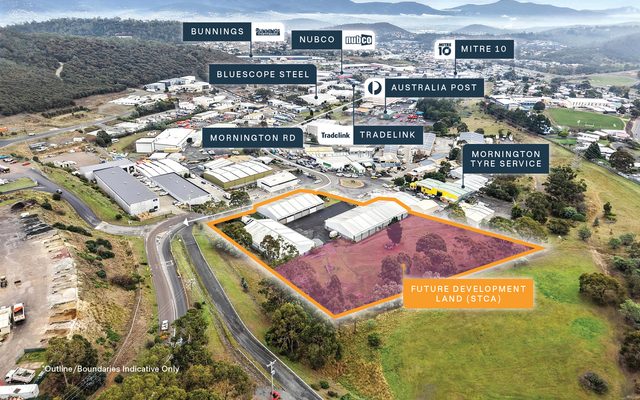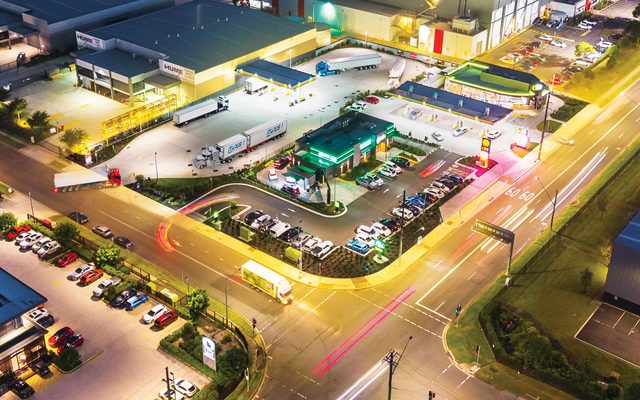This article is from the Australian Property Journal archive
HARVEY Norman’s northern Tasmania distribution centre in Launceston will be up for grabs at Burgess Rawson’s final portfolio auction for 2018.
On a 5,843 sqm corner lot at 76-84 Gleadow Street in Invermay, with frontage to Montague Street, the 2,479 sqm warehouse includes 600 sqm canopy and returns around $235,173 per annum net with a lease to the ASX-listed retailer until 2023 with options.
It is expected trade with a price tag reflecting a yield in the range of 6.5% to 7.5%.
Billy Holderhead of Burgess Rawson is marketing the asset in conjunction with Knight Frank’s David Webster, which is going to auction at Crown Casino on December 12.
“This is a strategic investment when buyers assess its importance to Harvey Norman. The site is the company’s key distribution centre and click and collect point in Northern Tasmania,” Holderhead said. “It is only one kilometre from their Launceston CBD retail store, enabling the business to maximise their showroom floor area in the more expensive CBD retail store.”
Webster said the market rent for Harvey Norman’s CBD store would be around $200 per sqm, while at their nearby warehouse the company pays $92 per sqm.
“This offers the business a huge advantage over their competitors. Instead of paying full retail rates for back of house storage (to the rear of the retail store), they can move some of the inventory to the warehouse and add more retail space to make additional revenue.”
Burgess Rawson director, Jamie Perlinger, said, “Everything that is sold online needs to go through a warehouse before it is delivered to the customer. In some case investors are purchasing multiple industrial assets as they are considered safe investments with solid returns.
“We are seeing new investors turning to the sector as they look to diversify their portfolios in a changing retail environment.
“A few years back, yields for industrial properties similar to the Harvey Norman distribution centre, were around 8.5% and are now between 6.5% to 7.5%, reflecting the new demand.” Perlinger said.
Australian Property Journal




